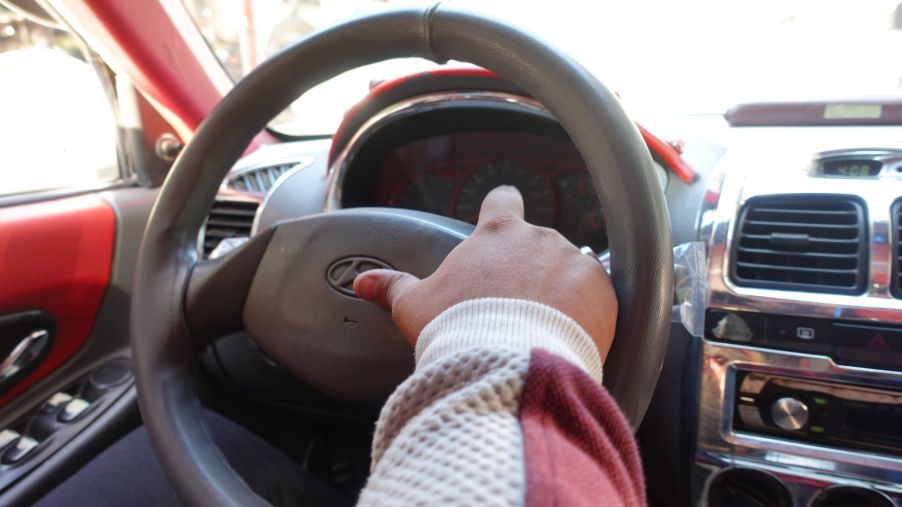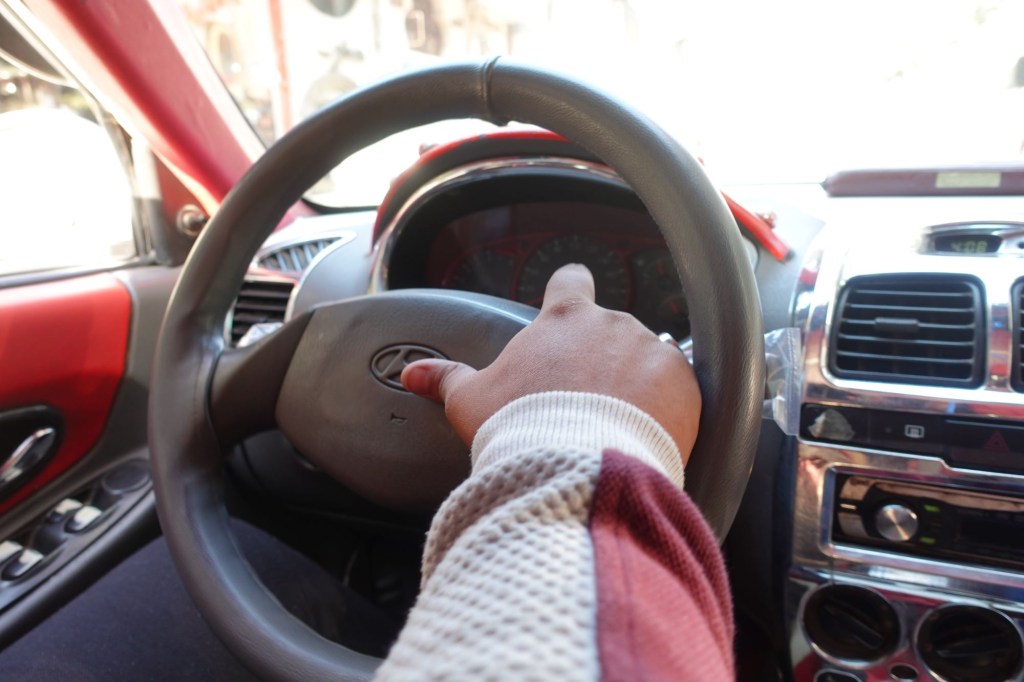
Why Does a Car Horn’s Pitch Change as It Drives Past?
Ever since automobiles have taken to the roadways, drivers of cars have utilized horns. Whether you are alerting a crossing pedestrian of your presence or angry at a driver that just cut you off, the car horn is a handy tool for motorists. While we all know how to use a car horn, most of us don’t know how it works or why the pitch changes.
A brief history of the car horn

The first car horns were not installed inside the vehicle, as with modern automobiles. Drivers held up a trumpet-like horn and squeezed a rubber bulb to emit a sound that would alert pedestrians and other motorists to their presence.
According to AAA, “the biggest change in the car horn since its inception isn’t the feature itself, but in how it’s used.” While it used to be polite to honk a horn to alert others of your oncoming approach, today, it is considered rude and obnoxious to be overly aggressive with a honking horn.
In the early 1900s, the Ford Model T adopted the use of a klaxon horn, which emitted the infamous “ahooga” sound. The louder horn became a fixture of automobiles through the 1930s until eventually being replaced by an electric horn.
The Doppler effect
If you have ever noticed that a car horn’s pitch changes as it drives past, you are right, and it is because of the Doppler effect.
The Wonders of Physics explains, “sound waves get compressed as the car moves toward you, creating a higher pitch sound. As the car moves away, the sound waves get spread out, and you hear a lower sound.”
Speed guns used by police to clock motorists traveling at excessive rates of speed function under the principles of the Doppler effect. The only difference is that speed guns do not use sound waves, as with a car horn, but rather radio waves.
How do car horns work?
The car horn is one of the few automotive features that has not drastically evolved to adapt to modern technology. While there have been significant changes in the appearance and sound of the car horn, how it works remains pretty true to its origin.
In modern automobiles, a small picture of a horn is embossed on the steering wheel. When you hit the horn, it triggers an electrical current that travels through an electromagnetic solenoid to connect with a thin metal disc. The exertion of magnetic force causes a metal diaphragm to flex, and the contact points become disengaged, stopping the electrical current. A steel spring helps the disc return to its original shape, allowing the reconnection of the current flow into the solenoid. The vibrations of the oscillating diaphragm create the sound. The entire cycle repeats itself until the horn is no longer depressed.
According to Torque, many modern cars are equipped with “two-tone” car horns. “There are two units, each with a different tone to produce a slightly lower combined pitch but at a higher noise level.” They explain, “Besides functioning as a warning, car horns are also used as an indicator when locking the car using a remote control.”
Today, it still works under the same principles as a hundred years ago, with only minor adjustments made along the way. So, while the “ahooga” sound may be gone and the use of the horn has changed, the car horn is destined to remain a significant component in the future of automobile manufacturing.


